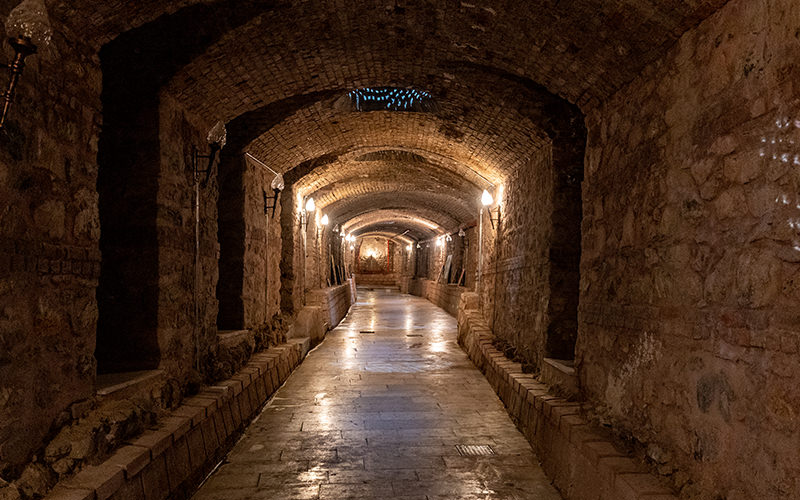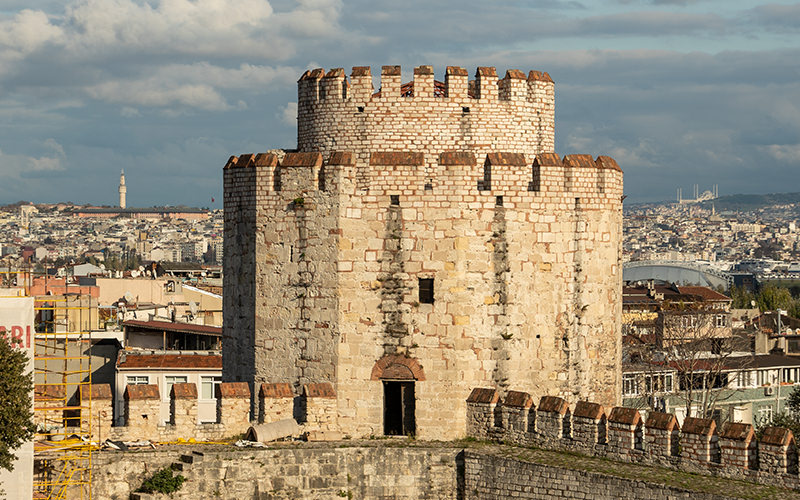Hi! Today awaits another story about one of the ancient fortresses of the amazing Istanbul. The fortification is called the Aydos Fortress. Not long ago, a large-scale reconstruction was carried out here, so today this place has become one of the popular tourist destinations in the metropolis.
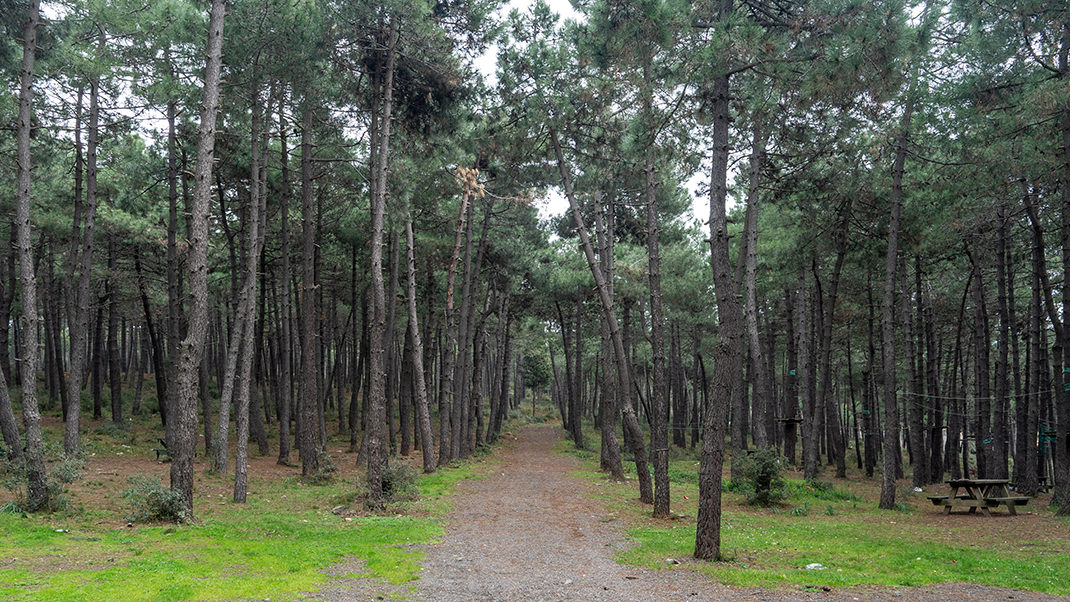
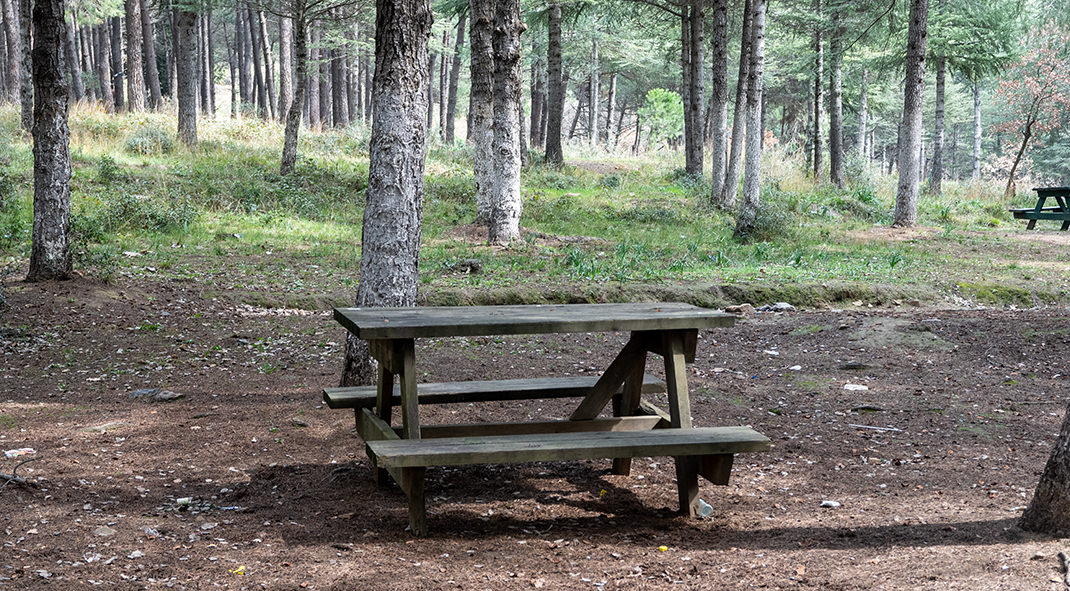
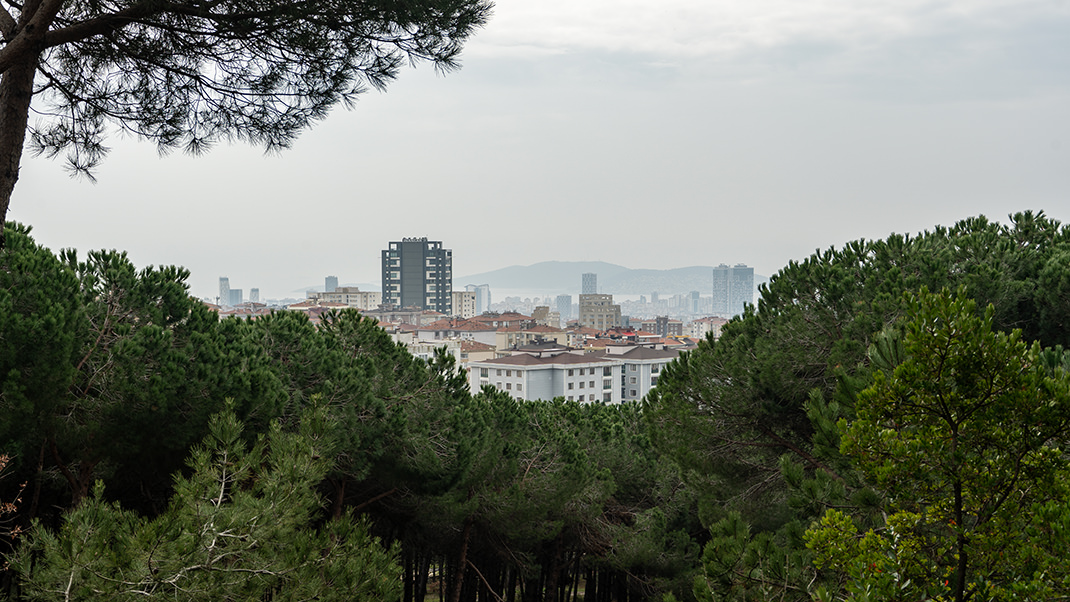
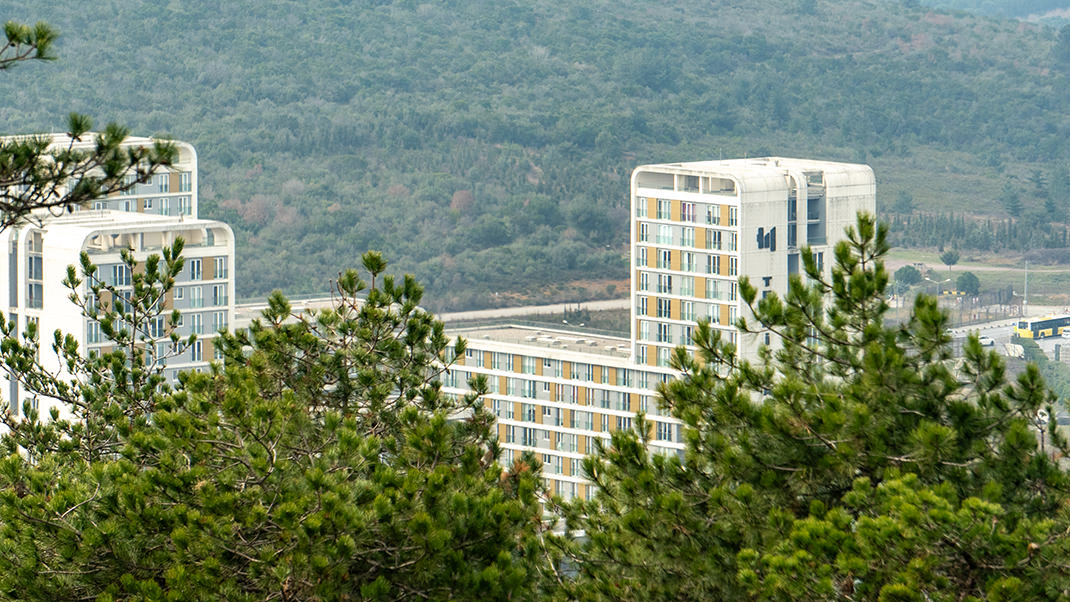
How to Get There
The fortress is located in the Asian part of the city, away from the metro lines. Travelers can reach one of the nearest metro stations and then take a taxi or bus.
During this walk, we chose a more interesting option and headed to the fortress from the western side of the Aydos forest. By choosing this route, tourists can combine sightseeing with a walk through a vast recreational area. The distance to the fortress and back was approximately ten kilometers.
We used the "Bulvar — Ugur Mumcu Yönü" bus stop as the starting point for our walk. It's convenient to plan trips around Istanbul using the Moovit app.
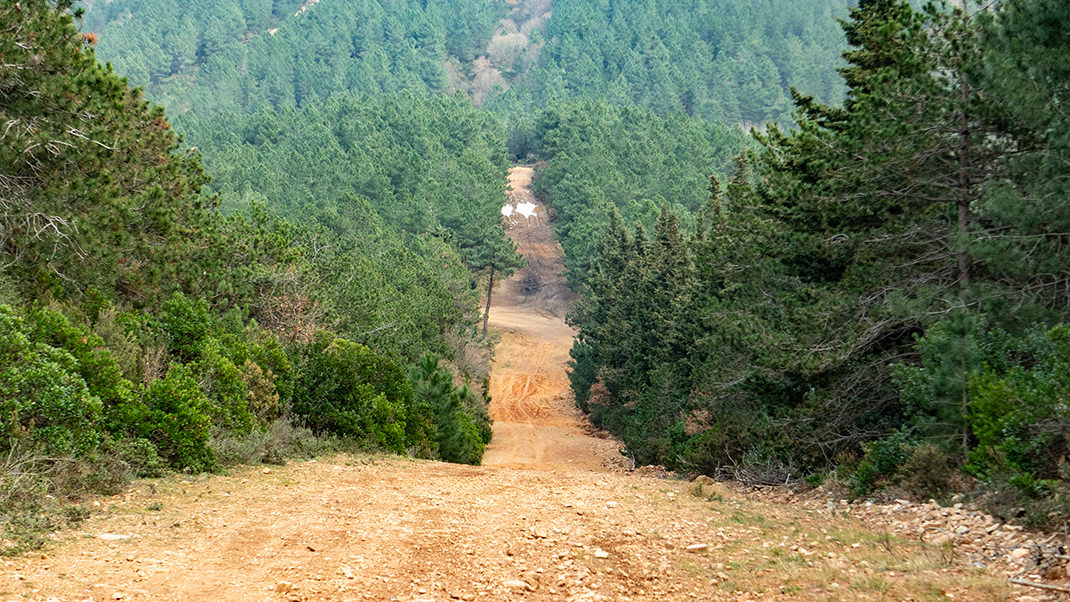


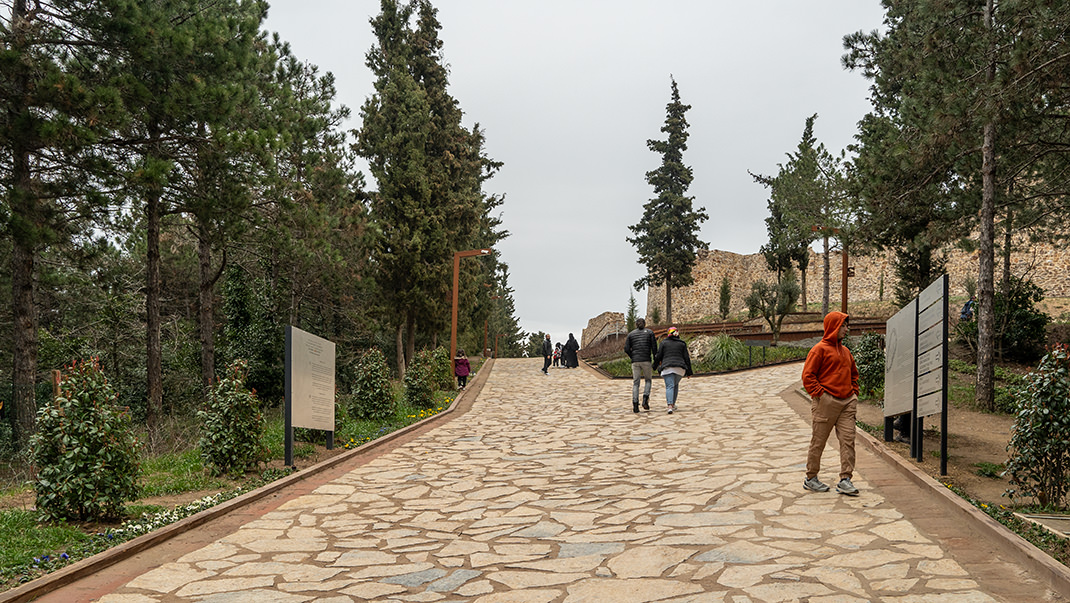
A Bit of History
The fortress on a 325-meter hill was located on the road connecting Constantinople with Anatolia. Today Anatolia is called the Asian part of Turkey; in the past, Anatolia was a Byzantine province.
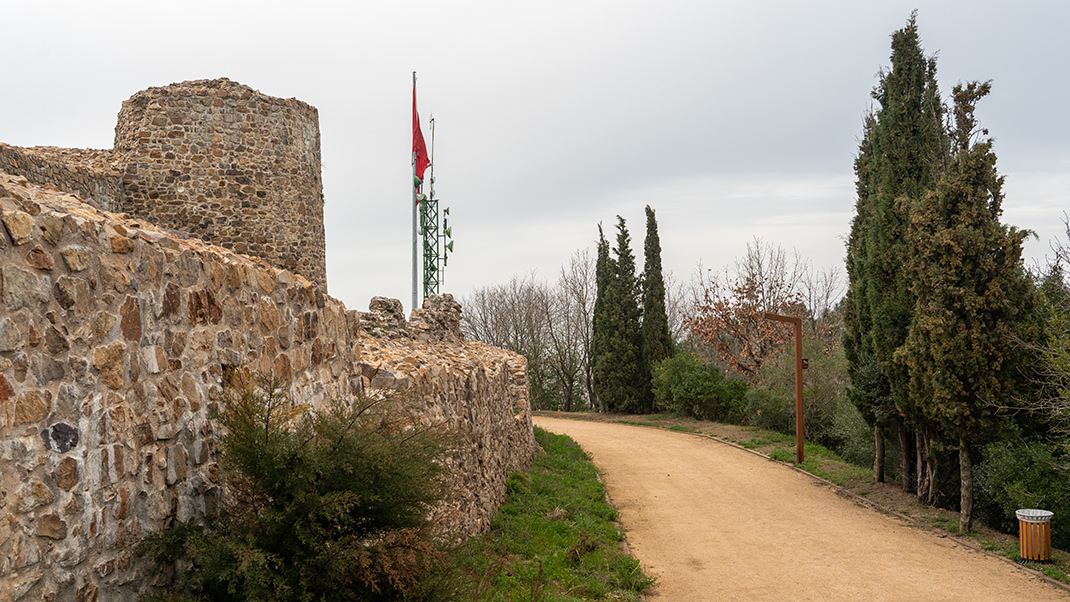

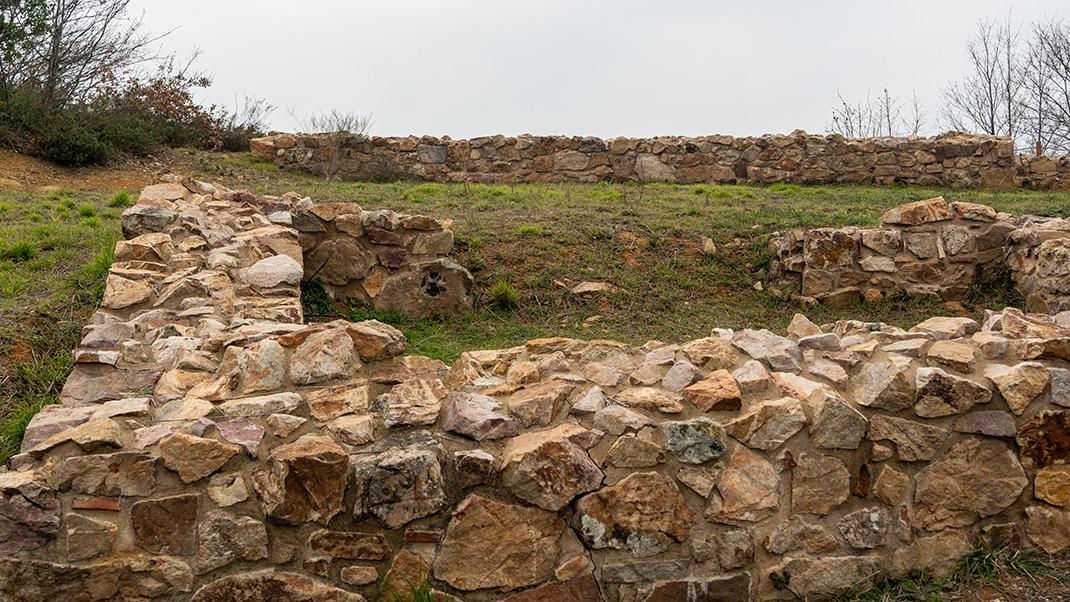
The fortification, designed for control and defense of the road, was built in the 11th-12th centuries. Construction work continued here for a couple of centuries. The name of the fortress is Greek, Αετός translates as "eagle."
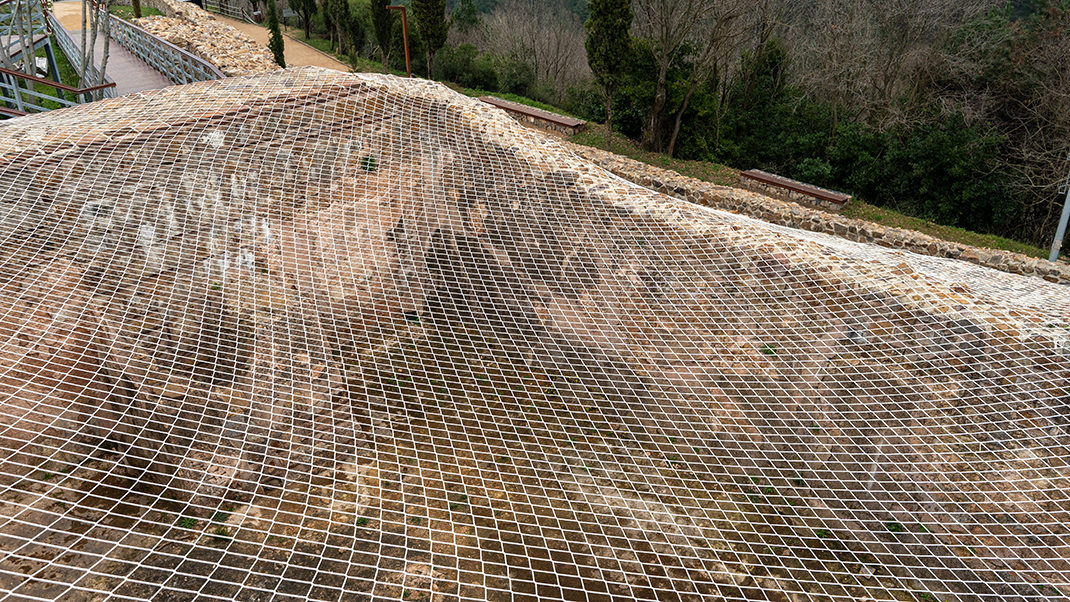


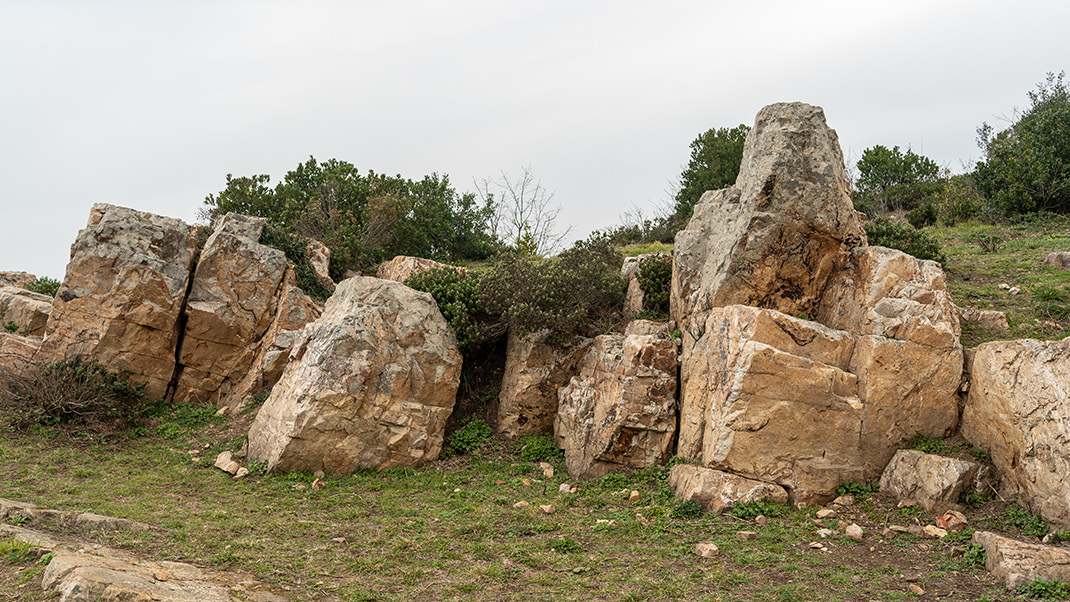
In 1328, the Byzantine fortress of Aydos was conquered by the Turks. A curious legend is associated with this period in the life of the structure, telling that the transition of the complex under the control of the Ottoman Empire was facilitated by the daughter of the fortress commander. The girl constantly dreamed that she was falling into a pit, but she was saved by a Turkish warrior. When the soldiers of the Ottoman Empire demanded capitulation from the Byzantines, the commander's daughter herself lowered the rope for the invaders.
From 2010 to 2018, extensive restoration work was carried out at the Aydos Fortress, as a result of which a large overgrown hill with ruins of stone walls turned into a modern tourist attraction.


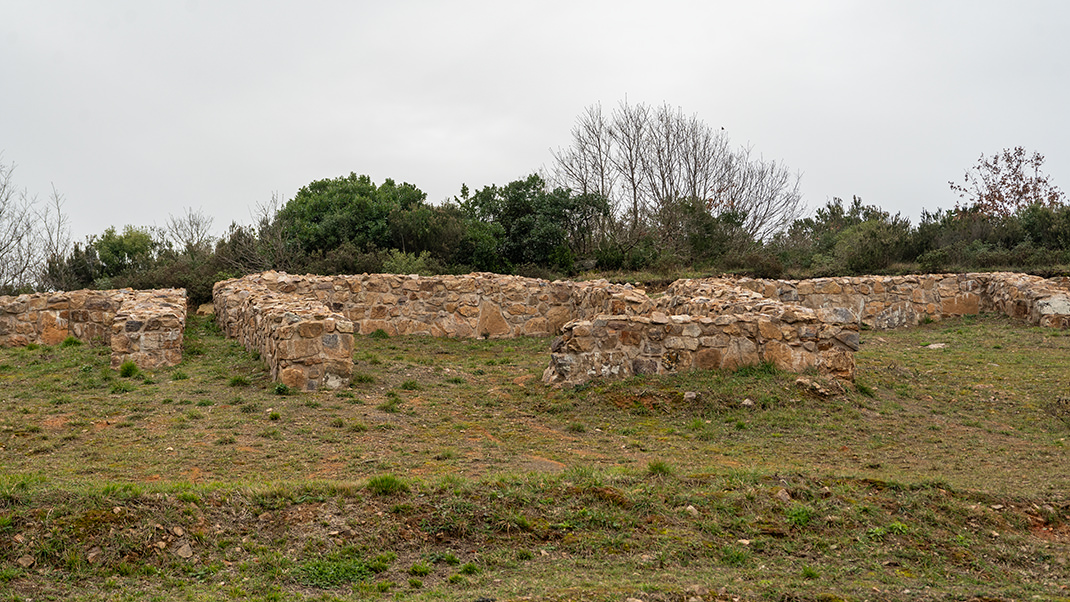
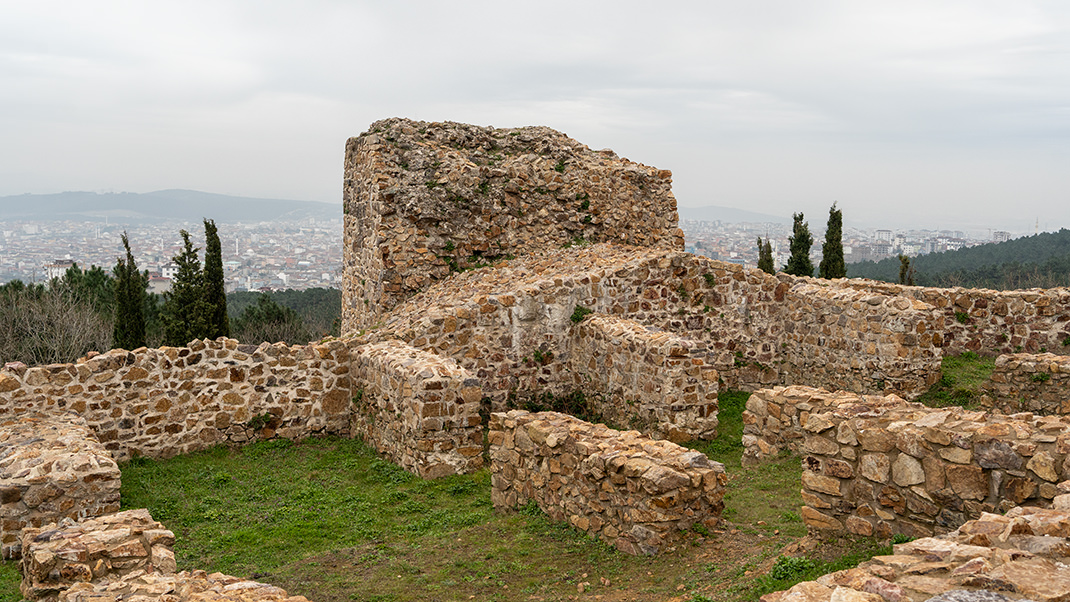
It is worth noting that the walk through the forest to the fortress took us much more time than the sightseeing of the attraction itself. The complex is a small walking area with footpaths. Admission to the territory is free.
On the way back to the starting point of the route, we decided to walk to the pond in the northern part of the Aydos Park, where you can have a small picnic. Tourists will be accompanied by curious geese.

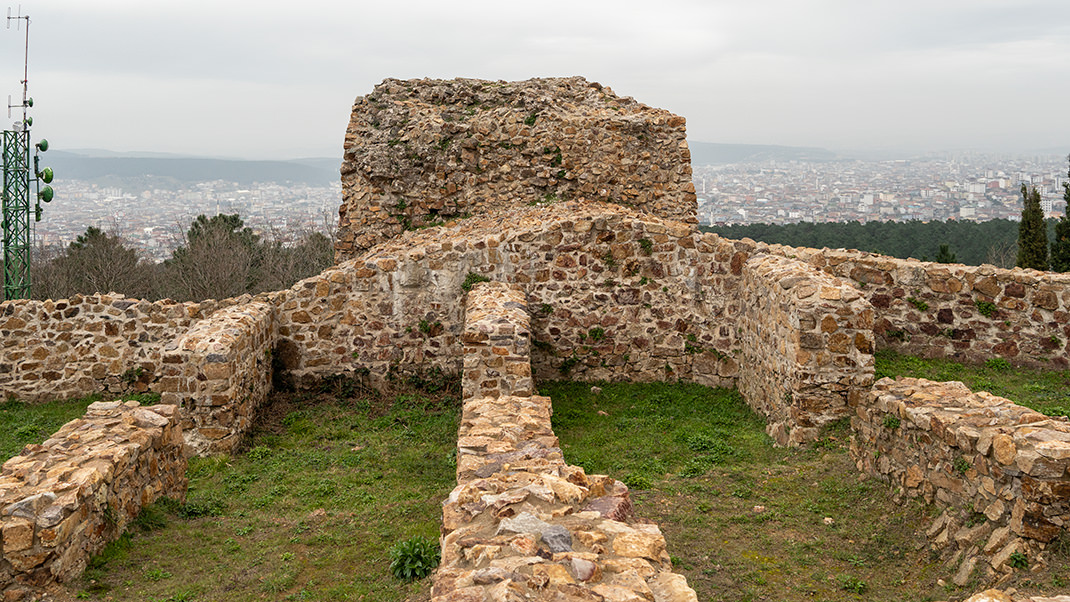
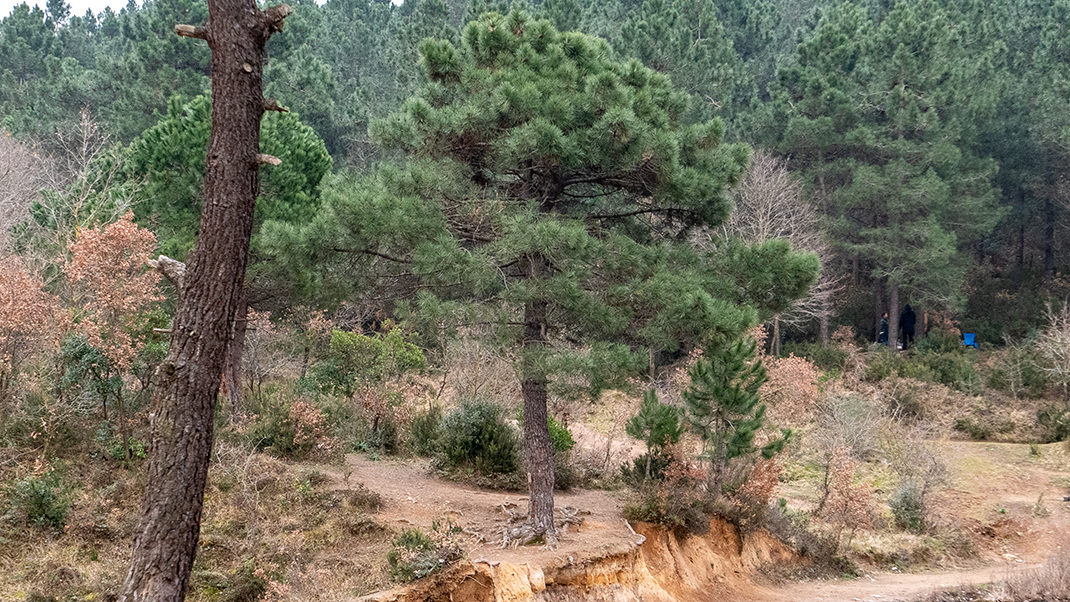
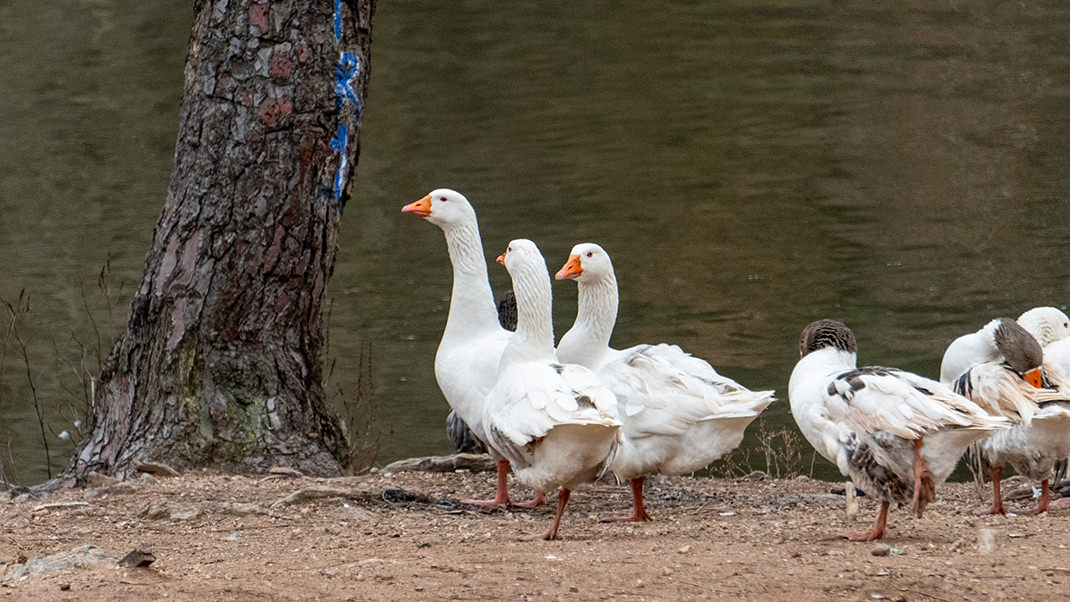
Finishing the story, I suggest you continue exploring the fortifications of Istanbul in the article about the Seven Towers Castle. It's one of the less popular but very interesting historical sites in the city.
Have a nice trip!


